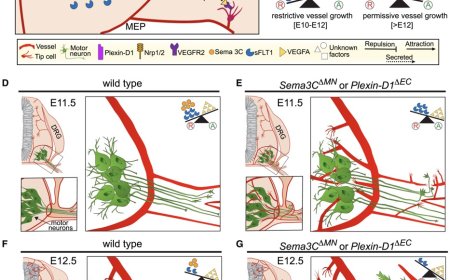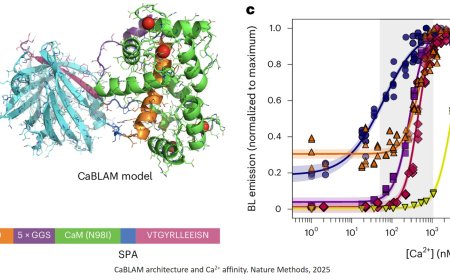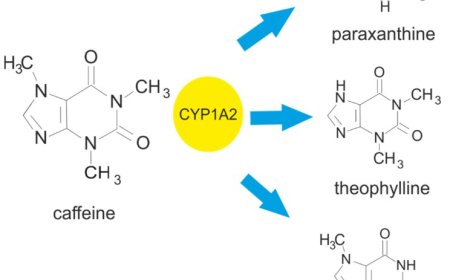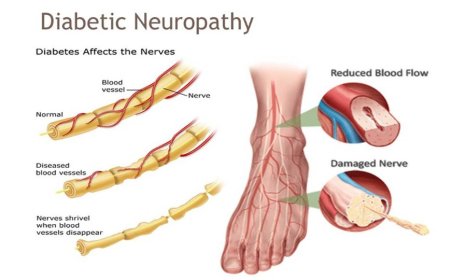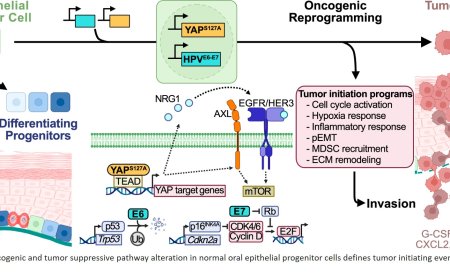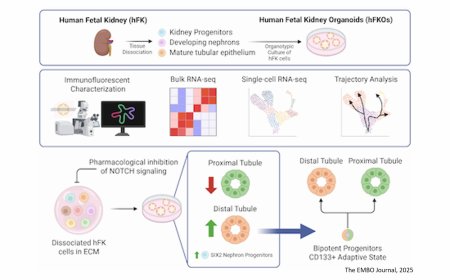How hematopoietic stem cells respond to severe anemia
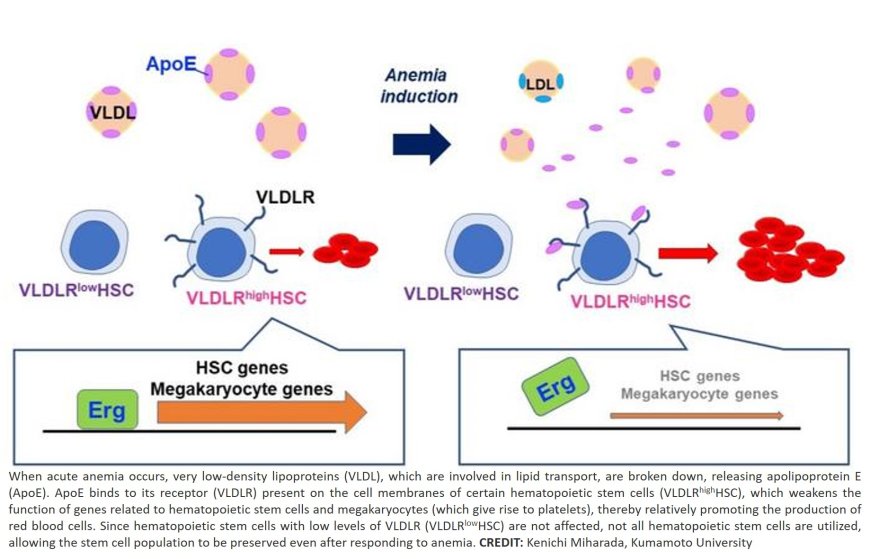
Red blood cells are the most abundant cells in the body. It has long been known that when red blood cells break down or anemia occurs due to bleeding, the hormone erythropoietin (EPO) increases, leading to the proliferation of immature cells (erythroblasts) that eventually become red blood cells, thus restoring the red blood cell count. However, how more primitive "hematopoietic stem cells" respond to severe anemia has been largely unclear. Hematopoietic stem cells have the ability to produce all types of blood cells, but lack receptors for erythropoietin, suggesting an unidentified mechanism must aid red blood cell recovery.
To investigate this, the research team induced acute anemia in mice using a drug (phenylhydrazine) that destroys red blood cells, or by blood extraction (phlebotomy), and then analyzed changes in hematopoietic stem cells in the bone marrow and explored how these changes were induced.
It was discovered that after acute anemia was induced, hematopoietic stem cells began to proliferate immediately. Moreover, the hematopoietic stem cells of anemic mice produced more red blood cells compared to other blood cells, a response not seen in normal mice. Since hematopoietic stem cells do not respond to erythropoietin, the researchers conducted genetic analysis to identify what triggers the changes in these cells. It was found that genes related to lipid metabolism were activated shortly after anemia onset, particularly enhancing the function of the very low-density lipoprotein receptor (VLDL receptor, VLDLR).
The study also distinguished two types of hematopoietic stem cells: those with a high expression of VLDLR (VLDLRhigh hematopoietic stem cells) and those with a low expression of VLDLR (VLDLRlow hematopoietic stem cells). VLDLRhigh hematopoietic stem cells were more likely to produce red blood cells. Analyzing the lipids and related proteins in the bone marrow of anemic mice showed that although VLDL levels decreased, apolipoprotein E (ApoE)-a component of VLDL-rapidly increased. In genetically modified mice lacking ApoE, hematopoietic stem cells did not show increased production of red blood cells in response to anemia.
Further genetic functional analysis revealed that when ApoE acted on VLDLRhigh hematopoietic stem cells, the activity of the Erg gene, which helps maintain the stem cells’ ability and prevents their differentiation into other cells, was weakened. Interestingly, administration of synthetic ApoE or suppression of Erg activity made hematopoietic stem cells in healthy mice more prone to producing red blood cells. These findings suggest that in response to acute anemia, ApoE is released from VLDL and specifically targets VLDLRhigh hematopoietic stem cells, promoting their ability to produce more red blood cells.
Given the implications of these results, they could lead to innovative approaches for treating anemia. While erythropoietin is already used as a drug to treat anemia, some patients exhibit low responsiveness to it. Additionally, current treatments for anemia including iron supplements and blood transfusions, may lead to iron deposition in the body, potentially causing other health problems. The findings of this study reveal a novel mechanism of red blood cell production that is different from the previously known pathway, and may pave the way for the development of new treatments for patients with severe anemia who have not adequately responded to conventional therapies.
